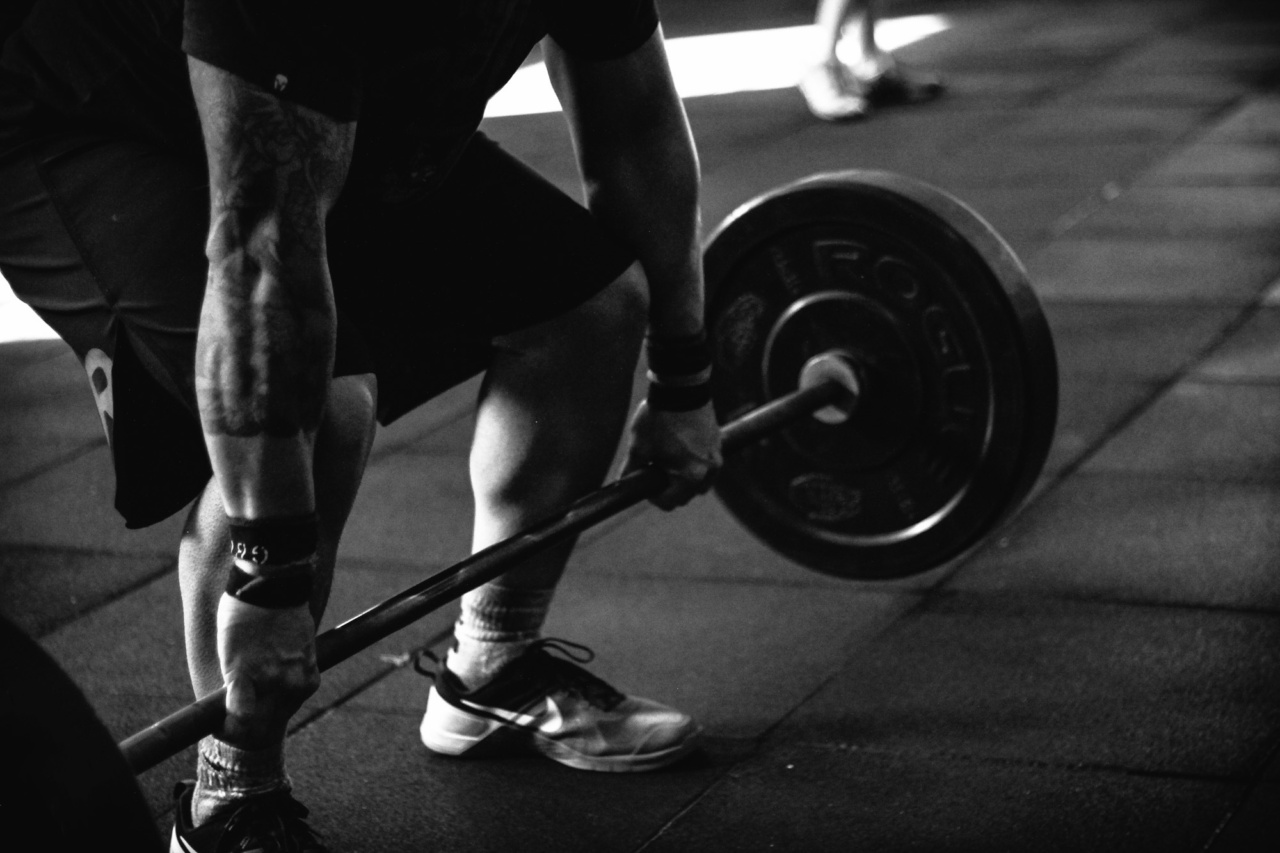Heavy lifting can take a toll on your body, particularly on your lower back and waist. Whether you’re an athlete, weightlifter, or someone who engages in manual labor, it’s crucial to prioritize your waist protection.
In this comprehensive guide, we’ll explore the importance of waist protection during heavy lifting and provide you with essential tips to prevent injuries and maintain a healthy body.
The Anatomy of Your Waist and Lower Back
Before diving into waist protection, it’s essential to understand the anatomy of your waist and lower back. The waist refers to the area between your ribs and hips, consisting of various bones, muscles, ligaments, and tendons.
The lower back, also known as the lumbar spine, supports the weight of your upper body and plays a critical role in your overall movement and alignment.
Why Waist Protection Matters
When performing heavy lifting exercises, the waist and lower back are prone to significant strain and potential injury. Without proper protection, you risk developing conditions such as muscle strains, herniated discs, and chronic back pain.
Waist protection is not only essential for injury prevention but also for ensuring optimum performance and longevity in your fitness journey.
Evaluating Your Current Waist Protection
Before implementing any waist protection techniques, it’s crucial to assess your current approach to lifting. Ask yourself the following questions:.
- Do you use any waist support equipment or belts during heavy lifting?
- Are you aware of proper lifting techniques and body mechanics?
- Have you experienced any past waist or lower back injuries?
By understanding your current approach, you can identify areas for improvement and take proactive steps towards better waist protection.
The Importance of Proper Lifting Techniques
One of the most fundamental aspects of waist protection during heavy lifting is mastering proper lifting techniques. Follow these guidelines to ensure you’re lifting safely:.
- Maintain a neutral spine position throughout the lift.
- Bend at your hips and knees, not your waist.
- Engage your core muscles to support your spine.
- Avoid twisting or rotating your spine while lifting.
- Use your leg muscles to generate power and avoid relying solely on your back.
Choosing the Right Waist Support Equipment
Investing in high-quality waist support equipment can significantly enhance your waist protection during heavy lifting. Consider the following options:.
- Weightlifting Belts: These belts provide stability and support to your lower back, reducing the risk of injury. Ensure the belt fits snugly around your waist and learn how to tighten and adjust it correctly.
- Compression Garments: Compression shorts or bands can offer additional support to your waist and lower back muscles, promoting circulation and reducing muscle fatigue during intense lifting sessions.
- Back Braces: Back braces are designed to immobilize your lower back and waist, restricting movement and providing support. While they can be beneficial for individuals with existing conditions, they are not recommended for regular use during lifting.
Strengthen Your Core Muscles
A strong core is essential for waist protection during heavy lifting. Engaging and strengthening your core muscles can provide stability and support to your spine.
Incorporate exercises such as planks, Russian twists, and bird dogs into your workout routine to target your core and enhance your waist protection.
Proper Warm-up and Stretching
Before engaging in heavy lifting, it’s crucial to warm up and stretch your muscles properly.
A dynamic warm-up routine that includes exercises like jumping jacks, high knees, and arm swings can increase blood flow and prepare your body for intense activity. Additionally, perform specific stretches targeting your waist, lower back, and hamstrings to improve flexibility and reduce the risk of strain.
Listen to Your Body
One of the most important aspects of waist protection is listening to your body. Pay attention to any discomfort, pain, or unusual sensations during lifting. If something feels off, don’t ignore it.
Take a break, assess your form, and evaluate whether you may need additional support or modifications to prevent further injury.
Practice Proper Recovery
Recovery is crucial for maintaining a healthy waist and lower back. After heavy lifting sessions, prioritize rest and allow your muscles to recover.
Incorporate activities such as yoga or foam rolling into your routine to enhance flexibility, alleviate muscle tension, and promote overall recovery.
Seek Professional Guidance
If you’re unsure about waist protection techniques or have a history of waist or lower back injuries, it’s highly recommended to seek professional guidance.
Consult with a qualified fitness trainer, physical therapist, or healthcare professional who can assess your specific needs and provide personalized advice.
Conclusion
Waist protection is vital for anyone engaging in heavy lifting.
By prioritizing proper lifting techniques, investing in waist support equipment, and strengthening your core muscles, you can minimize the risk of injuries and ensure a long and healthy fitness journey. Remember to listen to your body, practice proper recovery, and seek professional guidance when needed. With the essential tips provided in this guide, you can effectively protect your waist during heavy lifting and achieve your fitness goals safely.

























